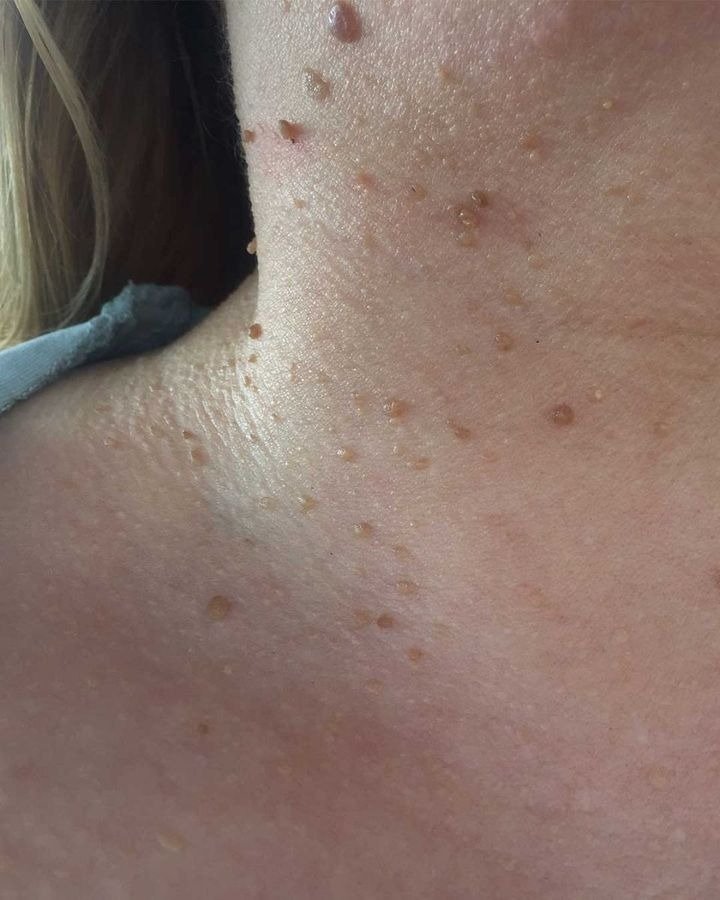Natural methods for mole removal are commonly discussed, but it’s important to approach them cautiously. While some remedies may be popular, their effectiveness is not scientifically proven, and there’s a risk of skin irritation, infection, or scarring. Moles that are suspicious or changing in size, color, or shape should always be evaluated by a dermatologist to rule out skin cancer.
Here are some natural methods people commonly try:
1. Apple Cider Vinegar (ACV)
- How it’s thought to work: The acidic nature of ACV is believed to help dry out and scab the mole over time.
- Method:
- Soak a cotton ball in ACV.
- Apply it to the mole and secure it with a bandage.
- Leave it on for an hour, then rinse.
- Repeat daily for several days.
- Risks: Can cause skin irritation or burns. Use with caution.
2. Garlic
- How it’s thought to work: Garlic contains enzymes that may break down the pigment-producing cells in moles.
- Method:
- Crush a clove of garlic to form a paste.
- Apply the paste directly to the mole.
- Cover it with a bandage and leave it on for several hours.
- Repeat daily for a week.
- Risks: May cause irritation, redness, or burns on the surrounding skin.
3. Iodine
- How it’s thought to work: Iodine is believed to kill the cells within the mole, causing it to scab and fall off.
- Method:
- Apply one drop of iodine directly onto the mole.
- Cover with a bandage.
- Repeat daily for a week.
- Risks: Iodine is generally safe but can stain the skin and cause mild irritation.
4. Castor Oil and Baking Soda
- How it’s thought to work: This mixture may dry out the mole and help remove it naturally.
- Method:
- Mix equal parts castor oil and baking soda to form a paste.
- Apply the paste to the mole and cover it with a bandage.
- Leave it on overnight.
- Repeat for several days.
- Risks: Mild irritation or dryness.
5. Aloe Vera
- How it’s thought to work: Aloe vera is believed to have skin-healing properties and may help lighten the mole over time.
- Method:
- Apply pure aloe vera gel to the mole.
- Cover with a cotton bandage.
- Leave it on for several hours or overnight.
- Repeat daily.
- Risks: Very low, as aloe is gentle on the skin.
6. Honey
- How it’s thought to work: Honey has natural healing and antibacterial properties, which might reduce the mole’s appearance.
- Method:
- Apply a small amount of raw honey to the mole.
- Cover with a bandage.
- Leave on for several hours.
- Repeat daily.
- Risks: Minimal; honey is safe for most skin types.
Key Considerations:
- Monitor Changes: If a mole changes in size, color, or shape, consult a dermatologist immediately.
- Avoid Aggressive Methods: Cutting, scraping, or burning moles at home can lead to infection or scarring and is unsafe.
- Patience: Natural methods may take weeks to show results, if they work at all.
- Professional Advice: Always seek a professional opinion for moles that are raised, dark, or irregular in shape.
Would you like tips on identifying if a mole is potentially harmful?
